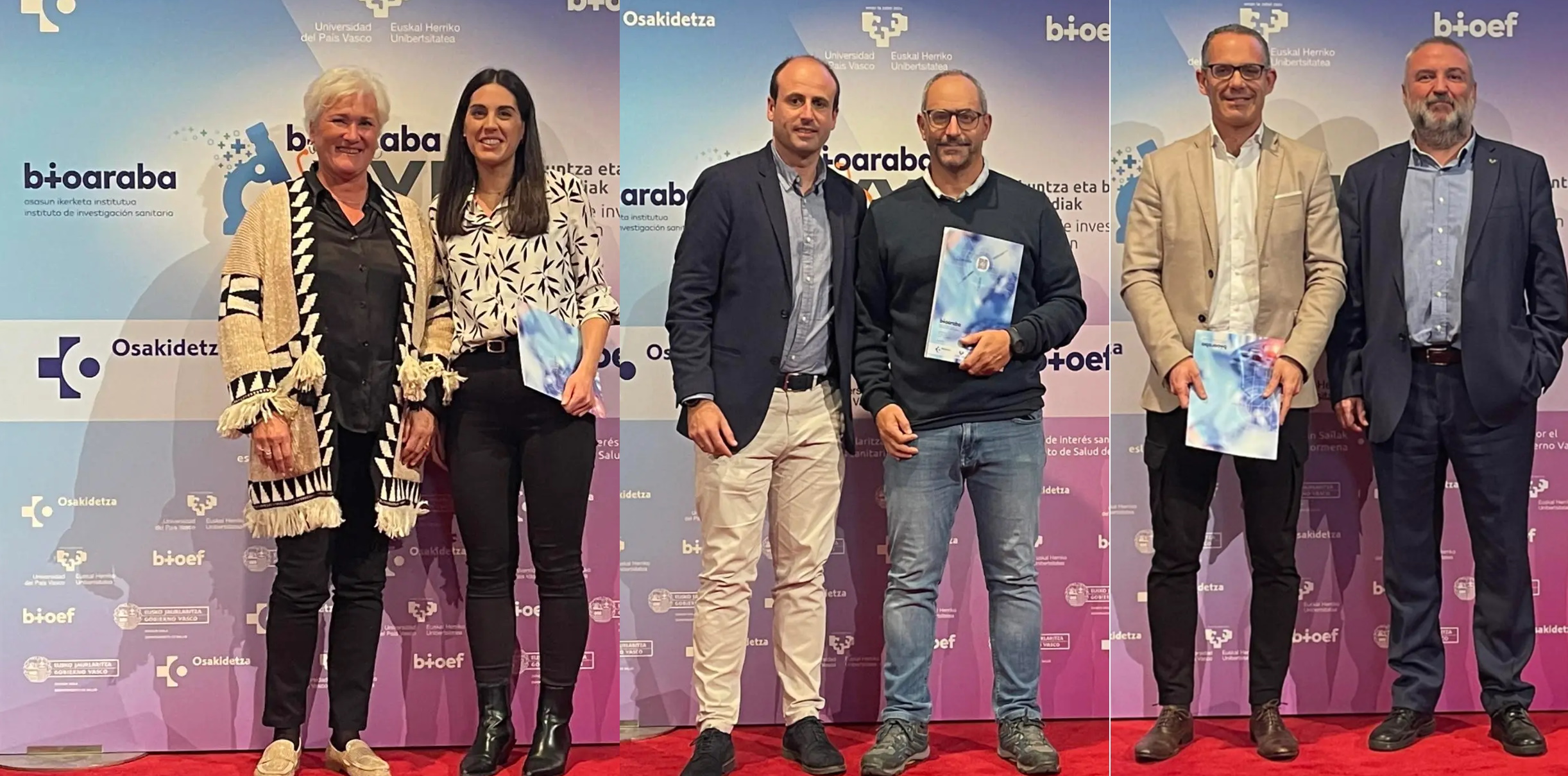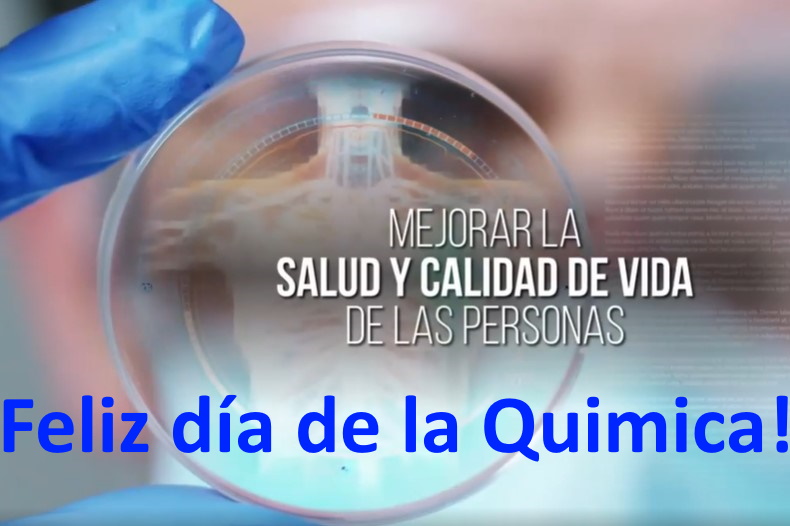Three articles acknoledging NANBIOSIS contribution awarded at the Bioaraba Research and Innovation Conference
Researchers of NANBIOSIS U10 “Drug Formulation” – NanoBiocel research group from CIBER-BBN and UPV/EHU receives 3 awards in the category of Best International Articles at the annual Bioaraba Research and Innovation Conference.
On 4 November, the Bioaraba Health Research Institute held its XXIII Research and Innovation Conference in Vitoria. This important annual forum held in the city brings together professionals from the health system of Alava, the Rioja region of Alava, the Mental Health Network of Alava, the University of the Basque Country and also professionals from companies in R&D&I in health.
On this occasion, the NanoBioCel research group of the CIBER BBN and the ICTS Nanbiosis through the U10 Drug Formulation, won the 3 prizes in the category of Research and Innovation in the category of Best International Article. The first prize went to the article: Mesenchymal stromal cells encapsulated in licensing hydrogels exert delocalized systemic protection against ulcerative colitis via subcutaneous xenotransplantation. Written by Ainhoa Gonzalez-Pujana, Ana Beloqui, José Javier Aguirre, Manoli Igartua, Edorta Santos-Vizcaino, Rosa Maria Hernandez, published in the European Journal of Pharmaceutics and Biopharmaceutics in 2022. The second prize went to the article Nanodiamond Integration into Niosomes as an Emerging and Efficient Gene Therapy Nanoplatform for Central Nervous System Diseases whose authors are: Nuseibah AL Qtaish, Idoia Gallego, Alejandro J. Paredes,Ilia Villate, Cristina Soto-Sánchez, Gema Martínez, Myriam Sainz-Ramos, Tania B. López, Eduardo Fernández, Gustavo Puras, José Luis Pedraz. And the third prize went to the review: Cell microencapsulation technologies for sustained drug delivery: Latest advancesin efficacy and biosafety whose authors are: Tania B. López, Edorta Santos, José Luis Pedraz, Gorka Orive, Rosa María Hernández.
Articles of refernce:
Ainhoa Gonzalez-Pujana, Ana Beloqui, José Javier Aguirre, Manoli Igartua, Edorta Santos-Vizcaino, Rosa Maria Hernandez, “Mesenchymal stromal cells encapsulated in licensing hydrogels exert delocalized systemic protection against ulcerative colitis via subcutaneous xenotransplantation“, European Journal of Pharmaceutics and Biopharmaceutics, Volume 172,
2022, https://doi.org/10.1016/j.ejpb.2022.01.007
Nuseibah AL Qtaish, Idoia Gallego, Alejandro J. Paredes, Ilia Villate-Beitia, Cristina Soto-Sánchez, Gema Martínez-Navarrete, Myriam Sainz-Ramos, Tania B. Lopez-Mendez, Eduardo Fernández, Gustavo Puras, José Luis Pedraz. “Nanodiamond Integration into Niosomes as an Emerging and Efficient Gene Therapy Nanoplatform for Central Nervous System Diseases” ACS Appl. Mater. Interfaces 2022, 14, 11, 13665–13677 https://doi.org/10.1021/acsami.2c02182
Tania B. Lopez-Mendez, Edorta Santos-Vizcaino, Jose Luis Pedraz, Gorka Orive, Rosa Maria Hernandez, “Cell microencapsulation technologies for sustained drug delivery: Latest advances in efficacy and biosafety,
Journal of Controlled Release”, Journal of Controlled Release, Volume 335, 10 July 2021, Pages 619-636 https://doi.org/10.1016/j.jconrel.2021.06.006










